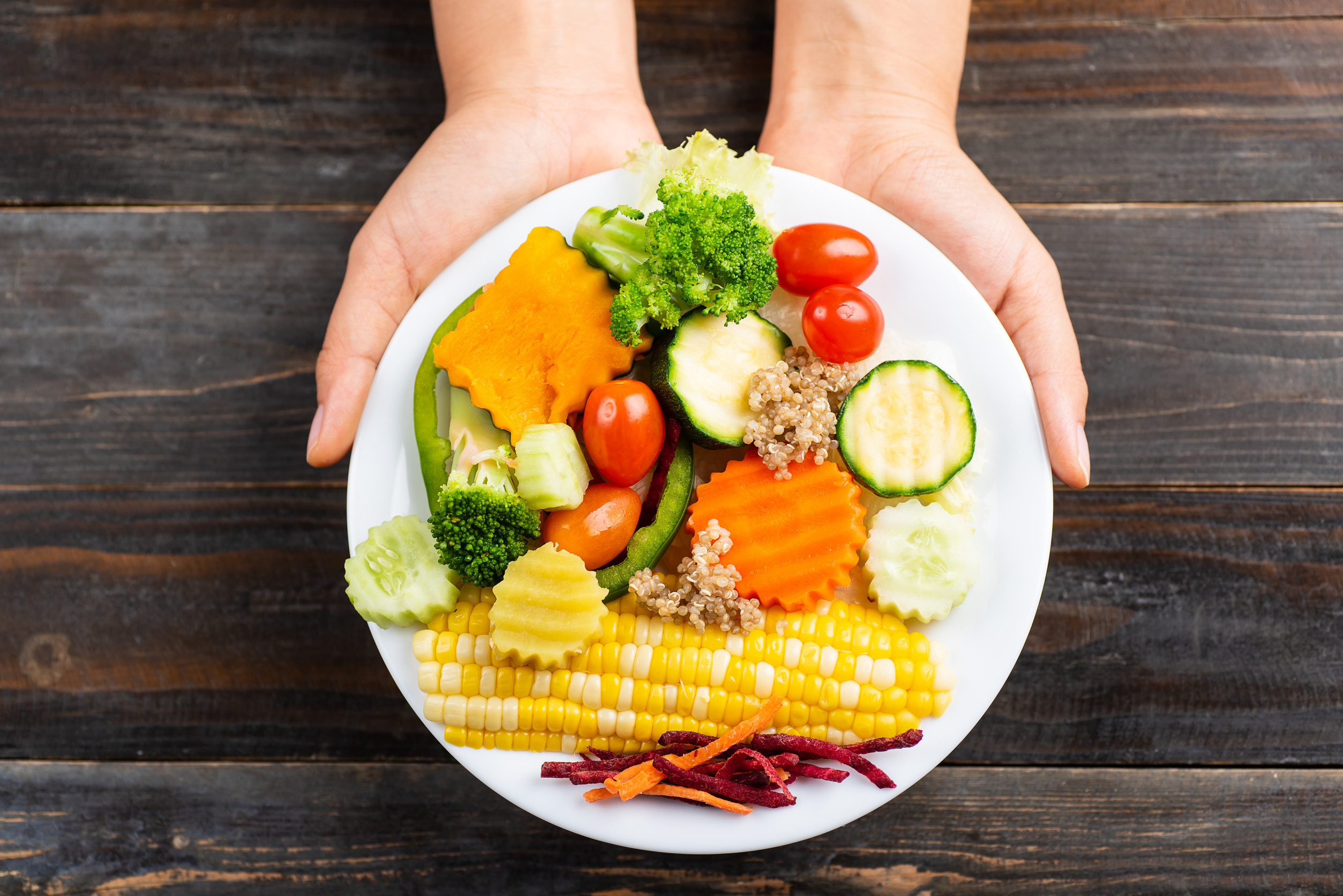
Image Source: 123rf.com
One of the things I hear people complain about a lot is the price of eating healthy. While food prices have gone up in recent years, healthy food is not as pricey as you think. All you need to trim the cost of nutritious meals is to have a plan and know how to shop smart. So, here are some tips on how to eat cheap while still eating healthy.
1. Plan Your Meals and Make a List
My wife handles all of the meal planning, lists, and grocery orders. The best way to avoid overspending is to plan everything out and, honestly, not even step foot in the store. This allows you to purchase only what you need and reduces the temptation to buy unnecessary things like the Oreos on aisle seven. Start by choosing simple, budget-friendly recipes that use common ingredients, and make sure your meals are balanced with a good mix of protein, vegetables, and grains. Once you’ve planned your meals, create a shopping list and stick to it to avoid impulse purchases. Planning ahead also helps prevent food waste, as you’ll be using up what you already have.
2. Buy in Bulk for Long-Term Savings
When it comes to saving money on food, buying in bulk is a game-changer. Items like rice, beans, pasta, oats, and frozen vegetables are often cheaper when purchased in larger quantities. Not only will you save per unit, but buying in bulk also ensures you always have pantry staples on hand, reducing the need for last-minute trips to the store. Plus, bulk items generally have a longer shelf life, making them perfect for stocking up. Be sure to choose non-perishable items that can be used across multiple meals, and only buy perishable bulk items if you’re confident you’ll consume them before they spoil.
3. Stick to Store Brands
Many store brands offer the same quality as their name-brand counterparts but at a fraction of the cost. Whether it’s canned goods, grains, dairy, or spices, opting for store-brand products can lead to significant savings. These items are often produced by the same manufacturers as the premium brands, so there’s no need to worry about sacrificing taste or quality. Don’t be afraid to experiment with different store brands, as you may find that you prefer them over the more expensive options. Keep an eye on sales, too—store brands often go on promotion, allowing you to stock up even further.
4. Embrace Frozen Fruits and Vegetables
Fresh fruits and vegetables are healthy, but they can also be pricey, especially when they’re out of season. To save money and still enjoy nutrient-rich produce, consider buying frozen fruits and vegetables. They’re often more affordable and have a longer shelf life than fresh produce, reducing the chances of food spoilage. Additionally, frozen vegetables are typically frozen at their peak ripeness, meaning they retain most of their nutrients. You can use them in smoothies, soups, stir-fries, and casseroles, just as you would with fresh ingredients.
5. Cook in Batches and Meal Prep
Cooking in batches is a fantastic way to save both time and money. When you cook larger quantities of meals, you can freeze leftovers for later, ensuring you always have something ready to eat without the need for expensive takeout. This is especially useful for dishes like soups, stews, chili, and casseroles. Meal prepping also helps you avoid impulse spending on lunch or dinner when you’re in a rush. Set aside some time each week to prepare and portion your meals, and store them in containers for easy access.
6. Shop at Farmer’s Markets and Discount Stores
Farmers markets and discount grocery stores can be goldmines for affordable, fresh food. Many local markets offer produce at lower prices than traditional grocery stores, especially if you shop near closing time when vendors want to clear their stock. You can often find organic produce and meats at more reasonable prices compared to the supermarket. Discount grocery chains, like Aldi or Lidl, also offer quality items at significantly lower prices. These stores typically have smaller inventories, but they stock the essentials at budget-friendly prices.
Smart Shopping Equals Big Savings
If you’re on a budget, eating well is totally possible. You simply need to have a strategy in place to achieve your nutrition goals while sticking to your budget. Each one of these tips can help you achieve what you are looking for. In the end, the key is to be intentional with what you buy and when you buy it. The rest will fall in place.
How are you cutting the cost of eating well?
Read More
- 5 Superfoods to Boost Your Energy and Improve Your Mood
- The Best Apps for Tracking Your Fitness Goals This Year

Drew Blankenship is a former Porsche technician who writes and develops content full-time. He lives in North Carolina, where he enjoys spending time with his wife and two children. While Drew no longer gets his hands dirty modifying Porsches, he still loves motorsport and avidly watches Formula 1.